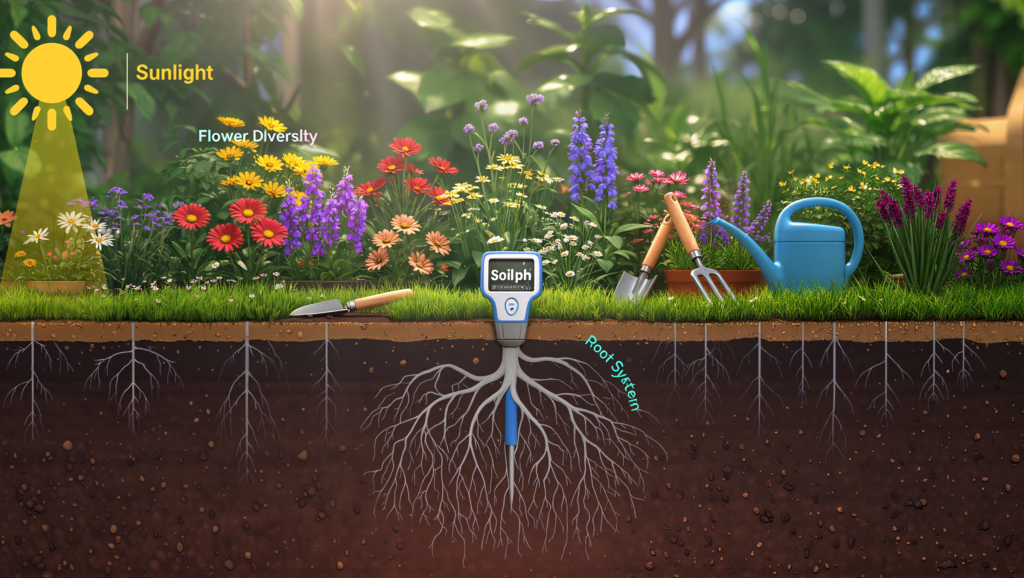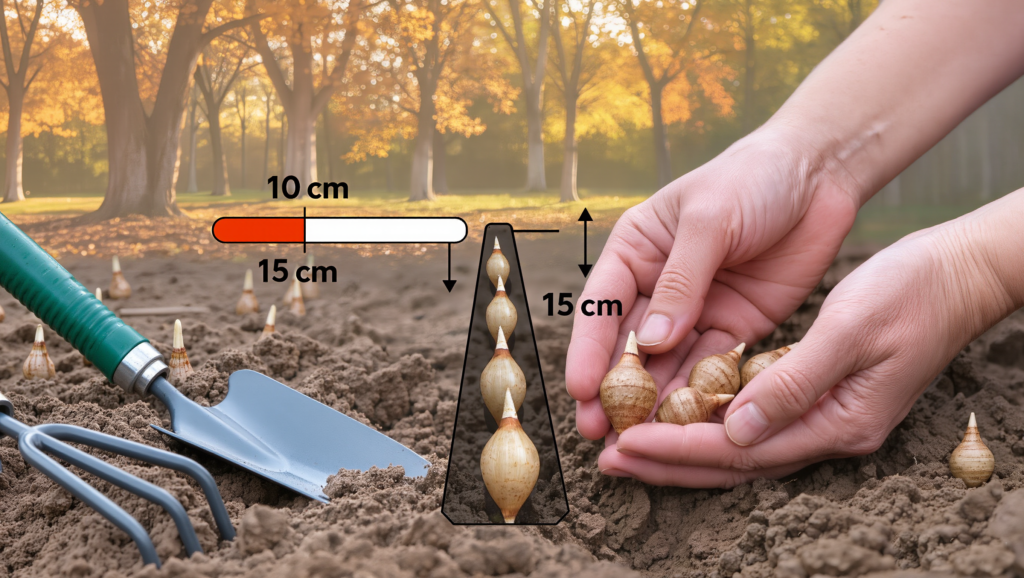If you’ve ever set foot in a gym or watched someone working out, chances are you’ve seen a biceps curl in action. It’s one of the most well-known exercises for building arm strength and muscle. But, what exactly is a biceps curl? What muscles does it target? And why should you include it in your workout routine?
Let’s take a deep dive into what the biceps curl is, which muscles it works, how to perform it correctly, and some tips to maximize its effectiveness. Let’s get started!
What is the Biceps Curl?
The biceps curl is a basic strength training exercise designed to isolate and strengthen the biceps, the muscles located at the front of your upper arm. It’s simple, effective, and can be done using various equipment such as dumbbells, barbells, resistance bands, or even cable machines. The movement involves curling your arms towards your body and then lowering them back down in a controlled manner. This simple up-and-down motion makes it one of the most popular exercises for toning and building arm muscles.
The Anatomy of a Biceps Curl
To fully understand the biceps curl, it’s essential to know the muscles involved. The primary muscle targeted by this exercise is, unsurprisingly, the biceps brachii, commonly referred to as the “biceps.” But it also activates several other muscles in the arm and shoulder.
1. Biceps Brachii (Main Target)
The biceps brachii is the main muscle being worked during a biceps curl. It consists of two heads (hence “bi”): the long head and the short head. Together, they form the familiar “bulge” when you flex your arm. The biceps are responsible for elbow flexion, which is the main action you perform during a biceps curl, and supination, or rotating your palm upwards.
2. Brachialis
Located underneath the biceps brachii, the brachialis is another muscle activated during the biceps curl. While it doesn’t get as much attention as the biceps, it plays a crucial role in elbow flexion. In fact, working the brachialis can help push the biceps up, making your arms look even more defined.
3. Brachioradialis
The brachioradialis is a muscle of the forearm, but it plays a supportive role in the biceps curl. It helps with elbow flexion, especially when your palms are facing downward, such as in a hammer curl (a variation of the biceps curl).
4. Deltoids (Shoulders)
While the deltoid muscles aren’t the primary focus of the biceps curl, they play a stabilizing role, especially the anterior (front) part of the shoulder. Keeping your shoulders stable during the curl ensures that your arms do most of the work, which is key to targeting the biceps effectively.
How to Perform the Biceps Curl Correctly
Performing a biceps curl might seem straightforward, but doing it correctly is essential to prevent injury and maximize muscle engagement. Here’s a step-by-step guide to ensure proper form:
1. Start Position:
- Stand or sit with a straight back.
- Hold a dumbbell in each hand with your palms facing forward, arms fully extended by your sides.
- Keep your elbows close to your torso. Don’t let them drift forward as you curl.
2. The Curl:
- Slowly lift the weights by bending your elbows. Your upper arms should remain stationary while your forearms move.
- Continue lifting until your biceps are fully contracted, and the dumbbells are at shoulder height.
3. The Lowering Phase:
- Slowly lower the dumbbells back to the starting position. Control is key here – avoid letting gravity do the work for you.
- Make sure your arms fully extend at the bottom of the movement for a full range of motion.
4. Tips for Good Form:
- Avoid swinging the weights or using momentum. Keep the movement slow and controlled to engage the biceps fully.
- Focus on squeezing your biceps at the top of the curl for maximum contraction.
- Keep your core engaged and back straight to prevent any unnecessary movement.
Benefits of the Biceps Curl
Including the biceps curl in your workout routine comes with several key benefits that go beyond just bigger arms.
1. Builds Arm Strength:
The most obvious benefit of biceps curls is increased arm strength. Stronger biceps not only help with lifting and carrying heavy objects but also support other upper body movements like pushing and pulling exercises.
2. Improves Aesthetics:
For those looking to build muscle mass and improve the appearance of their arms, the biceps curl is a staple exercise. Defined biceps are often seen as a sign of strength and fitness.
3. Enhances Functional Fitness:
Biceps curls mimic everyday movements like lifting grocery bags, pulling open doors, or picking up children. Strengthening these muscles can make day-to-day tasks easier and reduce the risk of injury.
4. Supports Other Exercises:
Strong biceps are essential for many compound exercises, such as rows, pull-ups, and even certain chest and shoulder exercises. Incorporating biceps curls into your routine can improve your overall upper body strength.
Variations of the Biceps Curl
Once you’ve mastered the basic biceps curl, you can mix things up with different variations to target the muscles in new ways:
Variations of the Biceps Curl
Instead of holding the dumbbells with your palms facing up, hold them with your palms facing each other. This variation targets the brachialis muscle and gives your forearms a workout.
2. Concentration Curl:
This is done by sitting down and bracing your elbow against the inside of your thigh. It isolates the biceps even more, giving you a great pump.
3. Barbell Curl:
Using a barbell instead of dumbbells allows you to lift heavier weights, which can lead to greater muscle growth over time.
4. Cable Curl:
Cables provide constant tension throughout the movement, which can increase muscle activation compared to free weights.
Tips to Maximize Your Biceps Curl
Want to get the most out of your biceps curl workout? Here are a few tips to boost your results:
- Use a full range of motion: Make sure you’re fully extending your arms at the bottom and bringing the weights up all the way for maximum muscle engagement.
- Lift with control: Don’t rush through the movement. Focus on lifting and lowering the weight in a controlled manner.
- Increase weight gradually: As you get stronger, don’t be afraid to increase the weight you’re lifting. Just be sure you’re maintaining proper form to prevent injury.








